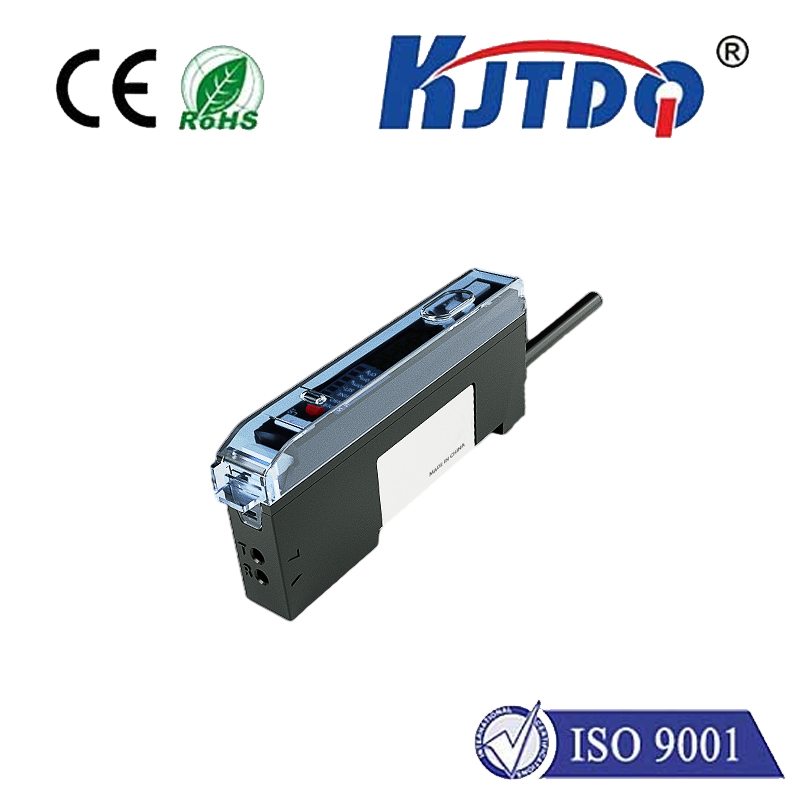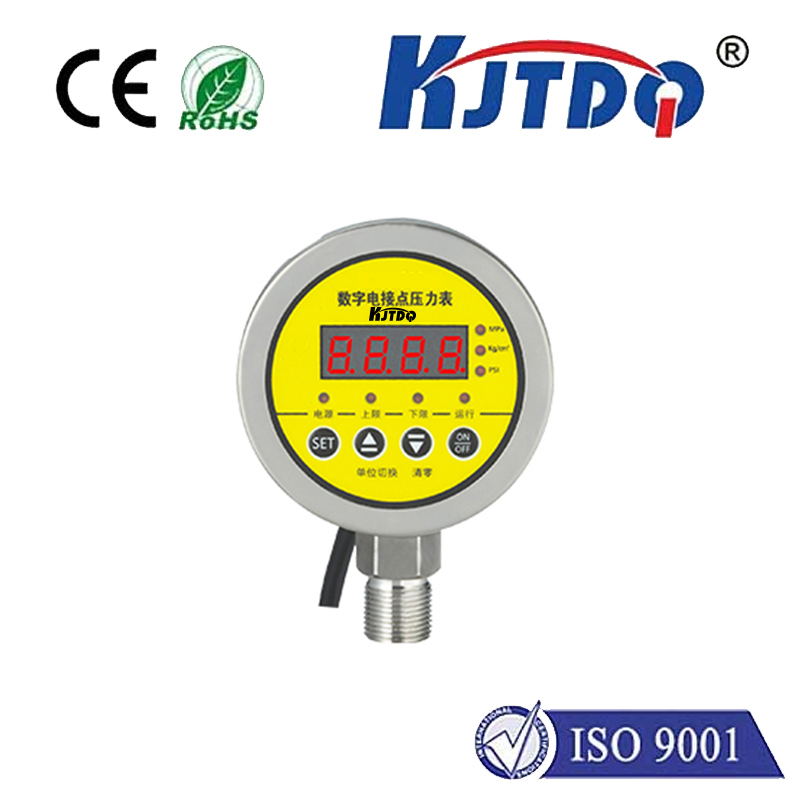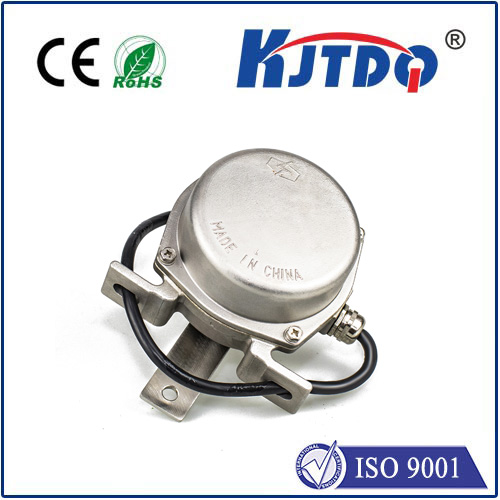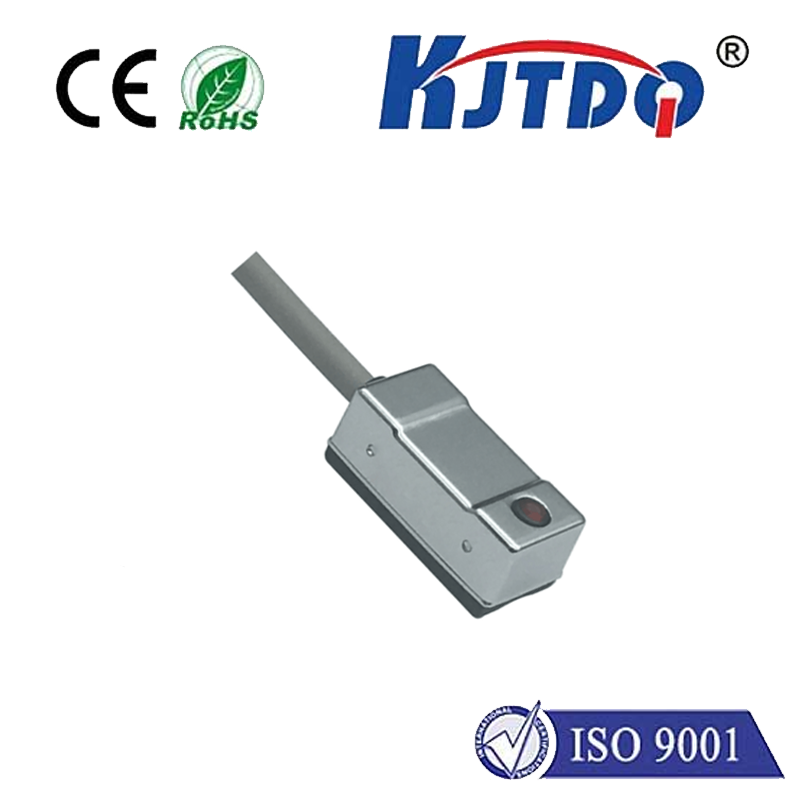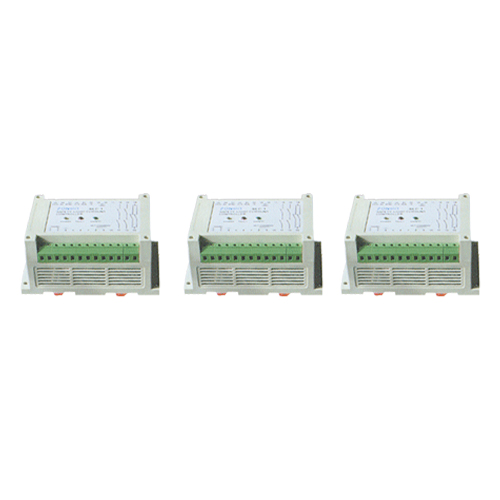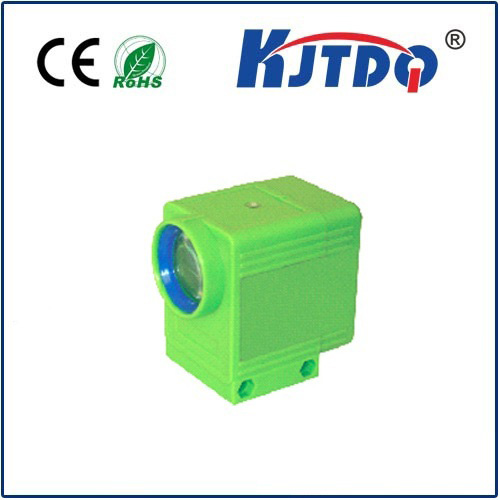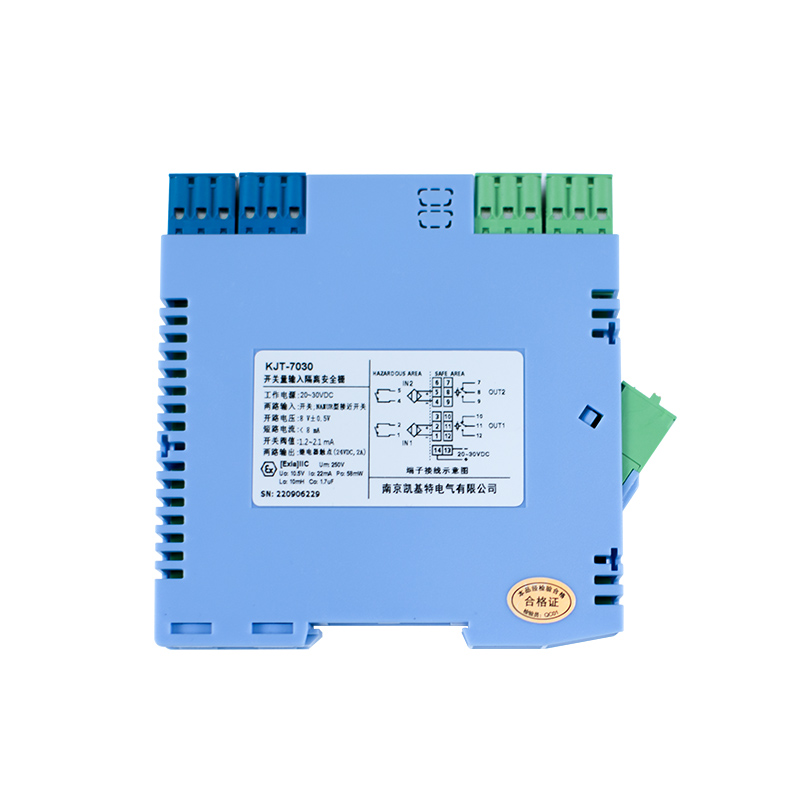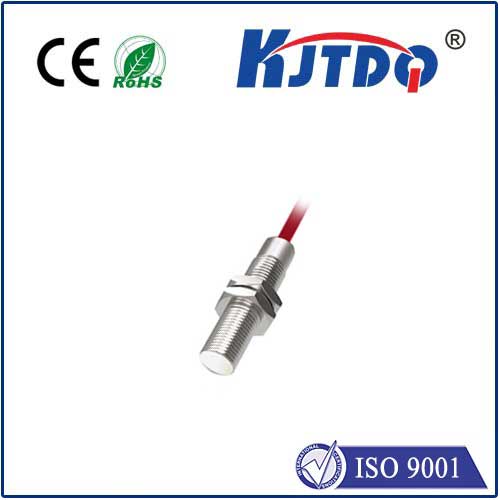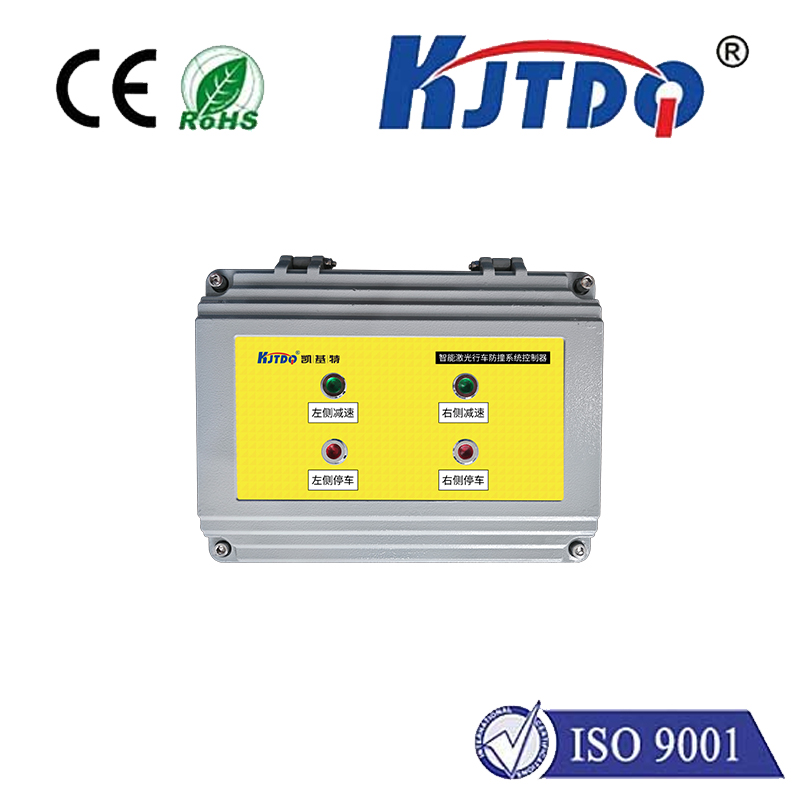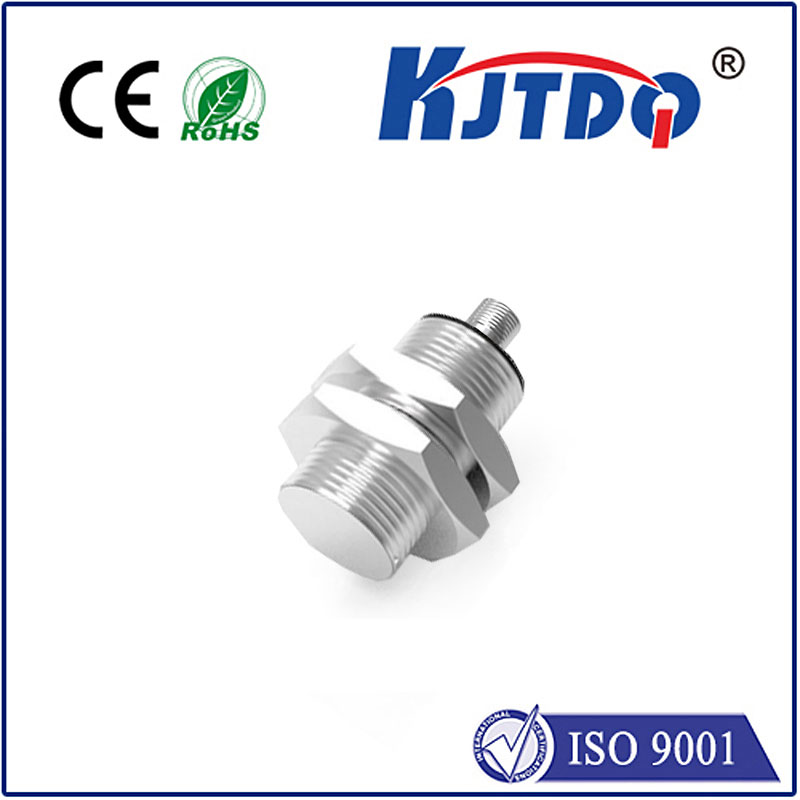pzt sensor
- time:2025-08-23 03:42:59
- Click:0
Decoding the Power of PZT Sensors: The Engine of Modern Sensing
Imagine a material that generates electricity when you squeeze it and changes shape when you zap it with voltage. This isn’t science fiction; it’s the fundamental principle behind PZT sensors, the unsung heroes powering countless technologies we rely on daily. From the ultrasound revealing your unborn child to the precise fuel injection in your car’s engine, PZT sensors translate subtle physical forces into crucial electrical signals with remarkable speed and fidelity. Understanding these tiny workhorses is key to appreciating the invisible mechanics driving innovation.
Unpacking the PZT Acronym: The Heart of the Sensor
PZT stands for Lead Zirconate Titanate (Pb[ZrₓTi₁ₓ]O₃). It’s not just a chemical formula; it represents a class of advanced piezoelectric ceramics. Piezoelectricity (from the Greek ‘piezein’, meaning to press or squeeze) describes the ability of certain materials to generate an electric charge in response to applied mechanical stress (the direct piezoelectric effect). Conversely, these materials can also physically deform when subjected to an external electric field (the converse piezoelectric effect). PZT ceramics excel in both these effects, making them exceptionally well-suited for sensor and actuator applications.
Why PZT? The Material Advantages
While naturally occurring crystals like quartz exhibit piezoelectricity, PZT sensors leverage engineered ceramics for superior performance:

- High Piezoelectric Coefficients: PZT materials produce significantly more charge per unit of applied force compared to quartz. This translates to higher sensitivity, crucial for detecting faint signals.
- High Curie Temperature: This is the temperature above which a piezoelectric material loses its piezoelectric properties. PZT sensors boast a relatively high Curie point (typically > 300°C), enabling reliable operation in demanding environments like industrial processes or engine compartments.
- Tailorable Properties: The piezoelectric properties of PZT can be finely tuned by altering the exact ratio of Zirconium to Titanium and incorporating specific additives (dopants). This allows engineers to optimize sensors for specific needs – prioritizing sensitivity, stability, temperature range, or actuation force.
- Ruggedness & Formability: As ceramics, PZT elements are hard, durable, and resistant to chemical corrosion. They can also be manufactured into complex shapes (discs, plates, tubes, custom geometries) using established ceramic processing techniques.
The Engine Room: How PZT Sensors Actually Work
At the core of a PZT sensor is a PZT element. Its operation hinges on the direct piezoelectric effect:
- External Force: A physical phenomenon – like pressure, vibration, acceleration, or sound waves – applies mechanical stress or strain to the PZT element.
- Atomic Distortion: This force distorts the crystal lattice structure within the ceramic. In PZT, the charged ions (Pb²⁺, Zr⁴⁺/Ti⁴⁺, O²⁻) are displaced slightly from their equilibrium positions.
- Charge Separation: This distortion creates a net displacement of positive and negative charges within the crystal, leading to an imbalance – effectively generating positive and negative charges on opposing faces of the PZT element.
- Electrical Signal: Electrodes attached to these faces collect the separated charges, resulting in a measurable voltage or charge output signal directly proportional to the applied force.
This process happens incredibly quickly, allowing PZT sensors to capture rapid changes and high-frequency events – a characteristic known as excellent dynamic response.
Key Performance Parameters: What Defines a Good PZT Sensor?
When selecting or designing a PZT sensor, several critical specifications come into play:
- Sensitivity: How much electrical output (voltage or charge) is generated per unit of input (force, pressure, acceleration). Higher sensitivity is generally desirable for detecting small signals.
- Frequency Response: The range of frequencies the sensor can accurately measure. PZT sensors typically excel in high-frequency applications (kHz to MHz range).
- Resonance Frequency: The inherent frequency where the sensor element naturally oscillates most strongly. Operation significantly below this frequency ensures accurate measurement without resonance effects.
- Linearity: How consistently the sensor’s output signal corresponds to the input stimulus across its operating range. High linearity is essential for precision measurement.
- Impedance: The electrical resistance of the sensor element itself. PZT sensors have high electrical impedance, often requiring specialized charge amplifiers (like ICP/IEPE types) for signal conditioning.
- Temperature Stability: How much the sensor’s sensitivity and other properties drift with temperature changes.
PZT Sensors vs. the Competition: Where They Shine
Comparing sensing technologies highlights PZT’s unique advantages:
- vs. Strain Gauges: While strain gauges are excellent for static or very low-frequency measurements, PZT sensors offer vastly superior high-frequency response and higher sensitivity for dynamic forces. Strain gauges also require bridge circuits and are more temperature-sensitive.
- vs. MEMS Sensors: Micro-Electro-Mechanical Systems (MEMS) are great for miniaturization and integration into ICs for lower-frequency applications like consumer electronics accelerometers. However, PZT sensors typically outperform MEMS in sensitivity, signal-to-noise ratio, and high-frequency capability for demanding industrial/acoustic applications.
- vs. Capacitive Sensors: Capacitive sensors offer high precision for position and displacement but can be sensitive to environmental factors and electromagnetic interference. PZT sensors provide robust, self-generating signals ideal for force, pressure, vibration, and acoustic sensing.
Powering Innovation: Ubiquitous PZT Sensor Applications
The unique blend of sensitivity, speed, durability, and stability makes PZT sensors indispensable across a staggering range of industries:
- Non-Destructive Testing (NDT): The cornerstone of ultrasonic flaw detection. A PZT transducer acts as both transmitter (converse effect: converts electrical pulse to ultrasound) and receiver (direct effect: converts reflected ultrasound echoes back to electrical signals) to find cracks, voids, or thickness variations in materials from pipelines to aircraft structures.
- Medical Imaging & Therapy: Ultrasound machines rely entirely on PZT transducer arrays to generate and receive sound waves for imaging organs, blood flow (Doppler), and unborn babies. High-intensity focused ultrasound (HIFU) therapies for cancer treatment also utilize PZT’s power generation capabilities.
- Vibration Monitoring & Predictive Maintenance: PZT accelerometers are mounted strategically on machinery to continuously monitor vibration signatures. Analyzing changes in these signatures allows engineers to detect bearing wear, imbalance, misalignment, or looseness before catastrophic failure occurs, enabling cost-effective predictive maintenance.
- Automotive Engineering: From knock sensors detecting engine detonation to optimize performance and efficiency, to airbag impact sensors triggering deployment in milliseconds, to fuel injectors using PZT actuators for precise control, PZT technology is vital for modern vehicle safety and operation.
- Aerospace & Defense: Aircraft health monitoring systems use PZT sensors to detect structural fatigue or damage (Structural Health Monitoring - SHM). Sonar systems, guidance systems, and various acoustic sensors also leverage PZT performance.
- Industrial Process Control: High-pressure sensors for hydraulic systems, acoustic emission sensors for detecting material failure in real-time (e.g., tank leakage, tool breakage), and flow meters all utilize PZT’s reliability.
- Consumer Electronics: Microphones, inkjet printer heads (where PZT actuators eject ink droplets), and some motion sensors incorporate miniature PZT elements.
The Future Resonates with PZT
The story of PZT sensors is far from over. Ongoing research focuses on enhancing performance, developing lead-free alternatives to address environmental concerns without sacrificing capability (a significant challenge), and enabling even greater miniaturization and integration for emerging applications like the Internet of Things (IoT), advanced robotics, and biomedical devices. PZT’s unique ability to bridge the physical and electrical worlds with speed, precision, and robustness ensures it will remain a fundamental enabling technology, quietly driving innovation and improving our lives for decades to come. Their resonant frequency in the technological landscape is only growing stronger.












